Let’s focus today on the glorious 1 Dywizja Pancerna, the Free Poles’ 1st Armoured Division.
ORIGINS
The 1 Pancerna‘s history somehow matches that of the other “outcasts’ division”, the French 2e DB. Both are divisions in exile, the Poles’ story doesn’t end as well. And just like the Free French division’s origins could be traced to one man, Leclerc, so does the Polish division with its leader: Stanisław Maczek.
Drafted in the Austrian-Hungarian army during WW1, Maczek fought the war on the Italian front. In 1918, he offered his experience to the newly reborn Poland. And the new Polish Republic needed such experienced officers, for it was immediately at war with the (short-lived) West-Ukrainian Republic then the Russian bolsheviks. Maczek was soon appointed at the head of a special motorized company, later a battalion, one of the first unit of its kind. With this mobile group, Maczek acted as a fire brigade, counter-attacking enemy breakthroughs, plugging holes or acting as maneuver element during offensives. Maczek thus became one of Europe’s pioneer and most experienced officer in motorized warfare.
Remaining in the army after the end of the Polish-Bolshevik War, Maczek rose through the rank and, due to his expertise, was given command in 1938 of the 10th Motorized Cavalry Brigade, a.k.a “Black Brigade” (because of their trademark long black leather coat). Equipped with Vickers E light tanks & Polish TK tankettes, it was the first armored unit of this size in the Polish Army. When World War II started in Poland in September 1939, Maczek was still at its head.
DĄBROWSKI’S HEIRS
Disarmed by the Hungarians, Maczek and his men found their way to France where the Polish government-in-exile, set in Angers, was organizing a new Polish army under general Sikorski. Survivors from the campaign of Poland who had managed to escape and members of the Polish diaspora in France (very numerous in the coal mining regions) and from the rest of the world provided an 80.000-men strong force. Just like their Napoleonic ancestors, Dąbrowski’s Polish Legions fighting with the French Republic then Empire, the exiled Polish troops were subordinated to the French Army.
Distinguished for his actions in Poland and promoted to general, Maczek was offered command of the first (out of two) Polish infantry division organized in France. But he declined the offer, preferring to retain command of his old Black Brigade, which he was painstakingly trying to regroup and expand into a motorized division near Avignon. Maczek also offered the French Army his analysis on German armored tactics, based on his experience in Poland the previous year, and ways to defeat them, but French high command didn’t even bother to read his report.
During the Phoney War, Maczek and his men were only given a few obsolete FT-17 & tankettes to train: the French Army didn’t deem necessary to give them more equipment since the Germans weren’t supposed to be able to force the Maginot line. But in June 1940, the situation changed completely, and France was scrapping the bottom of the barrel for mobile units to throw at the German invasion. The Polish armored brigade was one such unit and was suddenly lavishly re-equipped with brand new R-35 & R-40 tanks, under the condition they’d be sent into combat immediately, with barely a few days to get used to their new vehicles.
As a compromise, Maczek selected an advanced battlegroup of his best-trained men, most of them Black Brigade veterans, to lead them into battle immediately, while the rest kept training. Attacking near Champeaubert & Montmirail on June 13th, 1940, the brigade broke several French infantry regiments out of an encirclement, then fought another long delaying war. Two days later, the Poles attacked Montbard and retook from the Germans, allowing the French XXIIIrd Corps to escape to Burgundy. But that was the last action of the Black Brigade in France: about to be surrounded, out of fuel, Maczek ordered the vehicles destroyed and split his men into small groups with the order to withdraw on foot.It was like a second campaign of Poland. And once again, Maczek and his Black Brigade, still undefeated, went into another exile in order to keep fighting the Germans.
SCOTLAND & NORMANDY
General Sikorksi managed to evacuate about 20.000 Polish soldiers in Great-Britain, among which the Black Brigade still organized but entirely on foot. Stationed in Scotland under command of I Polish Corps, Maczek’s brigade was expanded to division size in 1942 as the 1 Dywizja Pancerna, or 1st Armoured Division, with the Black Brigade providing the nucleus of the armored units.
Organized as a British armored division, they were first equipped with Valentine & Crusader tanks, which gave way to Sherman & Cromwell early in 1944. Yet, the division will never be complete, Free Poles, due to their exiles’ nature, were suffering from manpower shortage: the foreign diaspora nor the recruitment of Polish POWs in German POW camps will never be able to cope with both the expansion of the Free Polish army and the losses sustained by its divisions heavily engaged in Italy.
The Polish 1st Armoured Division didn’t take part in the early phase of the Normandy campaign, being only shipped to France in late July 1944, still incomplete with weaker tank squadrons than a regular British armored division. Barely a week after its arrival, it was committed to action during ‘Operation Totalize’, as part of the First Canadian Army. The Poles, covering the left flank of the offensive, received the full brunt of 12. SS-Panzerdivision‘s counter-attack and, although they didn’t break, they suffered serious casualties. The next day, 4th Canadian Armoured Division‘s Worthington Force got lost in the dark and ended up at daylight, on August 9th, in the middle of 12. SS‘s positions, trapped. It fell on the Poles to break through them, which they did, evacuating the Canadians survivors with them.
MONT ORMEL: A “POLISH BATTLEFIELD”
From then on, Maczek and his men will enjoy much more freedom. From August 17th starts their dash East to make contact with the US V Corps and trap the retreating German 7. Armee & 5. Panzerarmee in the Falaise pocket. Maczek reorganized his division into several semi-permanent battlegroups and unleash them on several roads, with missions to seize Mont Ormel (or Hill 262, also codenamed Maczuga, or “Mace”, by the Poles), an unusually high hill in the mostly flat Normandy, and Chambois, a small village but major crossroad for the retreating Germans.
Infiltrating through German lines, dodging roadblocks, they managed to reach their objectives on August 19th, shaking hands with the Americans in Chambois. But on Mont Ormel, the lone Polish battlegroup (about 2.000 men) was stranded, alone. Canadians tanks which were supposed to follow had met resistance on their way and were still fighting behind. No help could be expected from them immediately. While at the same time, the trapped remnants of two German armies, still about 100.000 able-bodied men, were planning an all-out attempt to break out of the encirclement exactly through the Polish position.
The stage was set for the dramatic final of the Normandy campaign: 100.000 men, all that remained of two once-powerful German armies, charging through the “Corridor of Death” to reach safety out of the pocket, with just 2.000 Poles standing in their way. On August 20th, the small Polish battlegroup was attacked from both sides: the retreating armies from the West and a German armored relief force striking from the East. For two days, the Poles resisted the German assaults, their perimeters always shrinking but never broken. Wounded, including the battlegroup’s commander, couldn’t be evacuated. Polish & German positions were so intermingled and moving that Allied artillery & air forces couldn’t provide close fire support without risk of friendly fire.
Quickly running low on ammo, food, water and medical gear, the Poles could only be resupplied by air, but some positions, surrounded or too exposed, couldn’t be resupplied at all. Many German assaults ended up being fought back with bayonets and rifle butts. Polish tanks were later found with no shell nor machine-gun ammo left, and German bodies on top of them. Shermans & Panthers engaged each other sometimes at point blank. Such was the intensity of the fighting. And in such instance, no side could burden itself with prisoners. Besides, neither Poles nor SS expected much clemency from their hated enemies, hence very few were made. After two days, the Poles were relieved by Canadian forces. Only about one-quarter of their original force was still standing, the rest dead or wounded. They had held their ground against almost impossible odds, prevented an untold number of Germans from fleeing the pocket, although they couldn’t seal it off completely. By all witnesses’ accounts, Mont Ormel/Hill 262’s battlefield was a scene of untold carnage: dead, dying & burning carcasses everywhere, Germans & Poles intermingled. Canadian engineers who cleared the battlefield afterward erected a sign on Mont Ormel, reading “A Polish Battlefield“.AFTER NORMANDY
After the battle of the Falaise Pocket, the Polish division was given no respite and sent in pursuit of the retreating Germans along the Channel coasts, liberating towns in France, then Belgium & the Netherlands. In April 1945, the Poles entered Northern Germany and fought its way to the major naval base of Wilhelmshaven, where Maczek received the surrender of more than 10 German divisions and 200 Kriegsmarine vessels.
Two days later, Germany surrendered and the war in Europe ended. Although promised by the new pro-Soviet Polish government that they could return to Poland, most of the Maczek’s men, including himself, refused. For two years, they performed occupation duties in Northern Germany, while Maczek was promoted as commander of I Polish Corps, then the whole Polish forces in the UK under their disbandment in 1947.Exiled forever, deprived of Polish nationality by their government and often denied combatant rights & military pension by the British government, the Free Poles had a hard time settling into a new life. Maczek himself ended up a bartender in a hotel to make ends meet. Some emigrated to Canada, others to Australia, but the majority remained in England and Scotland. Only after the fall of the Iron Curtain in 1989 would some elderly surviving Free Poles be able to return to their home country. And in 1994, age 102, Maczek was issued public apologies by the new Polish government. Just a few months before his passing.
THE 1 PANCERNA INGAME
Unwavering in their desire for vengeance, the Free Poles were the vanguard of the First Canadian Army.
1 Pancerna is the product of centuries of Polish cavalry traditions. Like the legendary Winged Hussars they’ve chosen as their emblem, the Free Poles’ light cavalry rides into battle in full force from phase A, with Cromwells, command Stuart & SPAAG … as much for direct fire support than to fight off German planes. Although the Free Polish Air Force has retained some of the oldest aircrafts in Allied service for D-Day, mostly Hurricanes & early Mustang variants, the Polish pilots had earned a great reputation since the Battle of Britain and have gathered more experience since.
In phase B, Shermans make their appearance in numbers, with some rare but welcome Achilles that early in the game. And more SPAAG to accompany them, either twin 20mm under armor (Crusader Mk.II), either 40mm Bofors Portee just like the Free French.
And with phase C come the dreaded Fireflies and Mosquito bombers…
Strong on paper, the 1 Pancerna has yet to deal with some limitation, especially a low resilience in AT & AA units. Another being a recon tab almost entirely reliant on infantry scouts since the division was lacking armored cars and there wasn’t any Polish army level recon regiment. The only ones the division had by itself were a few old Morris LRC … from its engineer battalion!

![10th_Motorized_Cavalry_Brigade_(Poland)[1]](https://eugensystems.com/wp-content/uploads/2017/05/10th_Motorized_Cavalry_Brigade_Poland1-1.jpg)
![jBitZnR[1]](https://eugensystems.com/wp-content/uploads/2017/05/jBitZnR1-300x162.png)
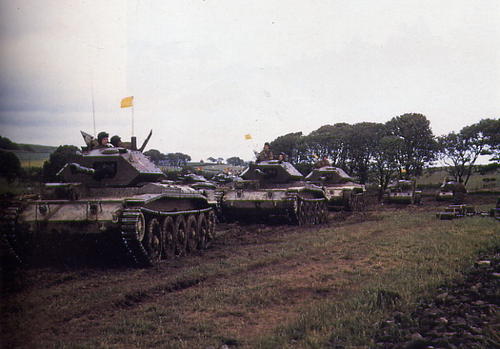
![rick-atkinson-guns-at-last-light-falaise-pocket[1]](https://eugensystems.com/wp-content/uploads/2017/05/rick-atkinson-guns-at-last-light-falaise-pocket1-300x189.jpg)
![1024px-Hill_262_21_Aug_1944.svg[1]](https://eugensystems.com/wp-content/uploads/2017/05/1024px-Hill_262_21_Aug_1944.svg1_-300x144.png)
![17c42e46e8f6f2fe7269e55912a78f2f[1]](https://eugensystems.com/wp-content/uploads/2017/05/17c42e46e8f6f2fe7269e55912a78f2f1.jpg)
![1280px-The_Polish_Institute_and_Sikorski_Museum_(24275024585)[1]](https://eugensystems.com/wp-content/uploads/2017/05/1280px-The_Polish_Institute_and_Sikorski_Museum_242750245851-300x179.jpg)
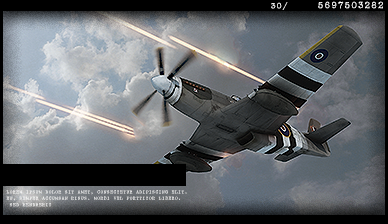
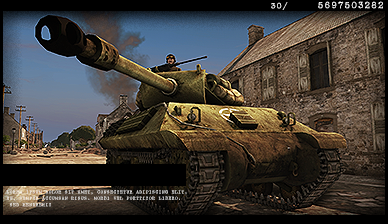
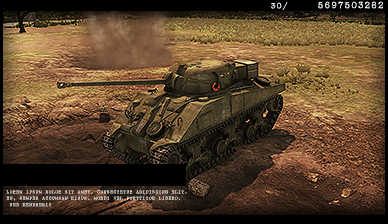
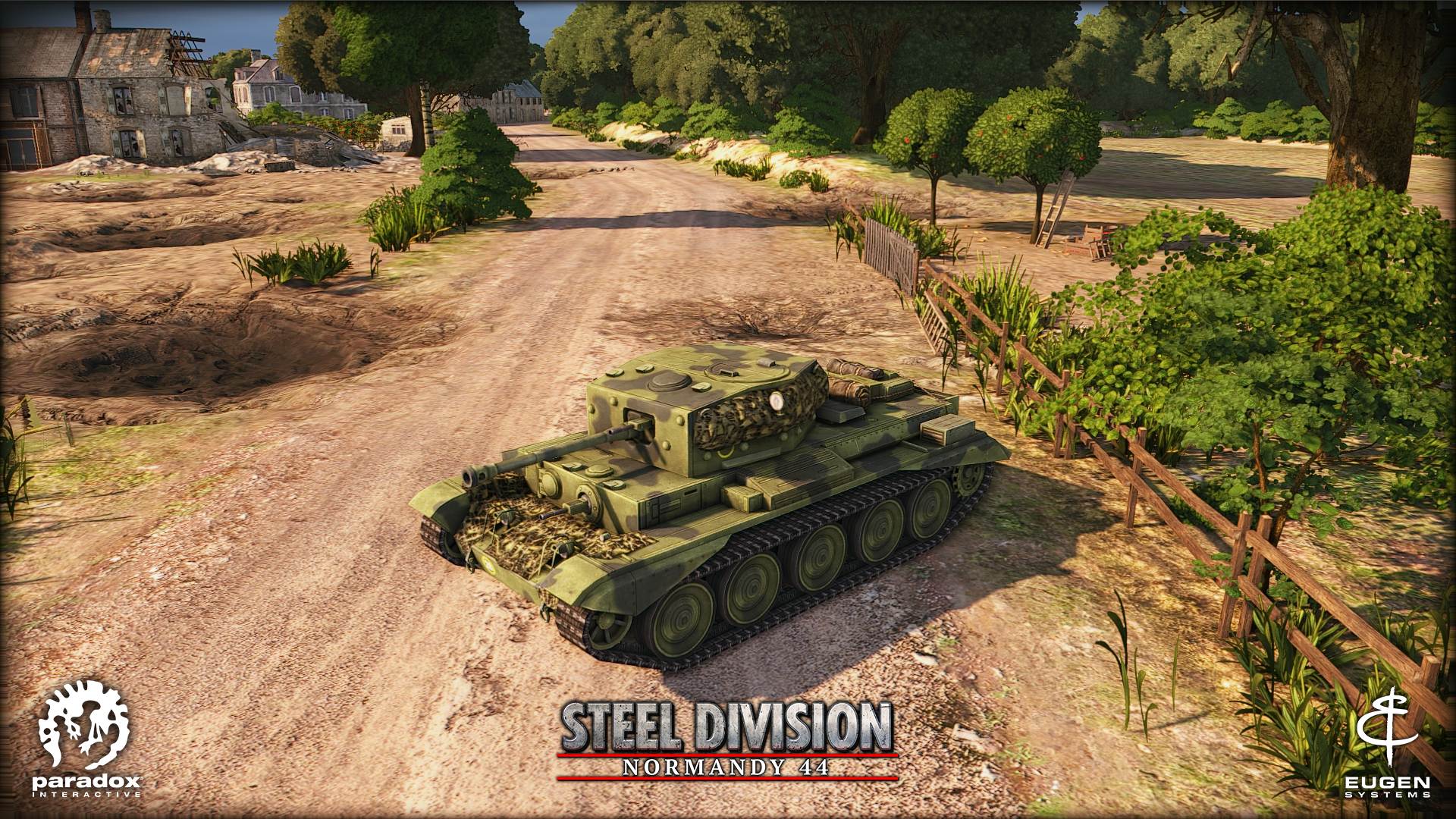
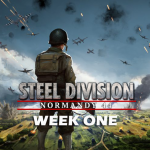
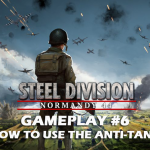
Cacame
June 2, 2017 at 6:48 amWhat do you mean “last”? Either I missed a post or you guys didn’t cover the Lufflande.
Basile
June 2, 2017 at 12:27 pmNothing gets past you! It’s been corrected 😉
Sullian
June 8, 2017 at 10:45 pmAND THEN THE WINGED HUSSARS ARRIVED